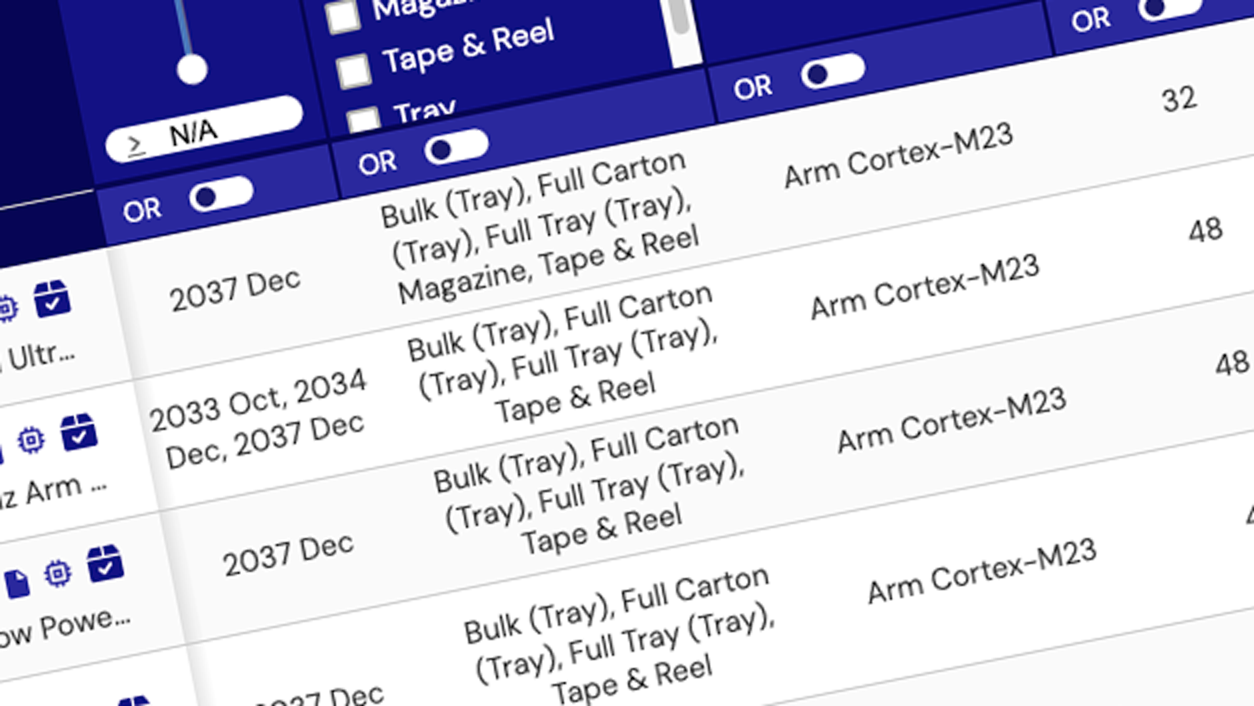Renesas' half-bridge (h-bridge) drivers handle voltages up to 100V, with industry-leading gate rise and fall times and exceptional input-to-output propagation delay performance.

Product Selector: Half-Bridge FET Drivers
Explore our catalog of products through our parametric product selector tool. Compare specifications across various parameters to find the right part for your design.
Product SelectorVideos & Training
Renesas' introductory course on power electronics covers the basic building blocks of a DC-DC power system: linear regulators and switching regulators.